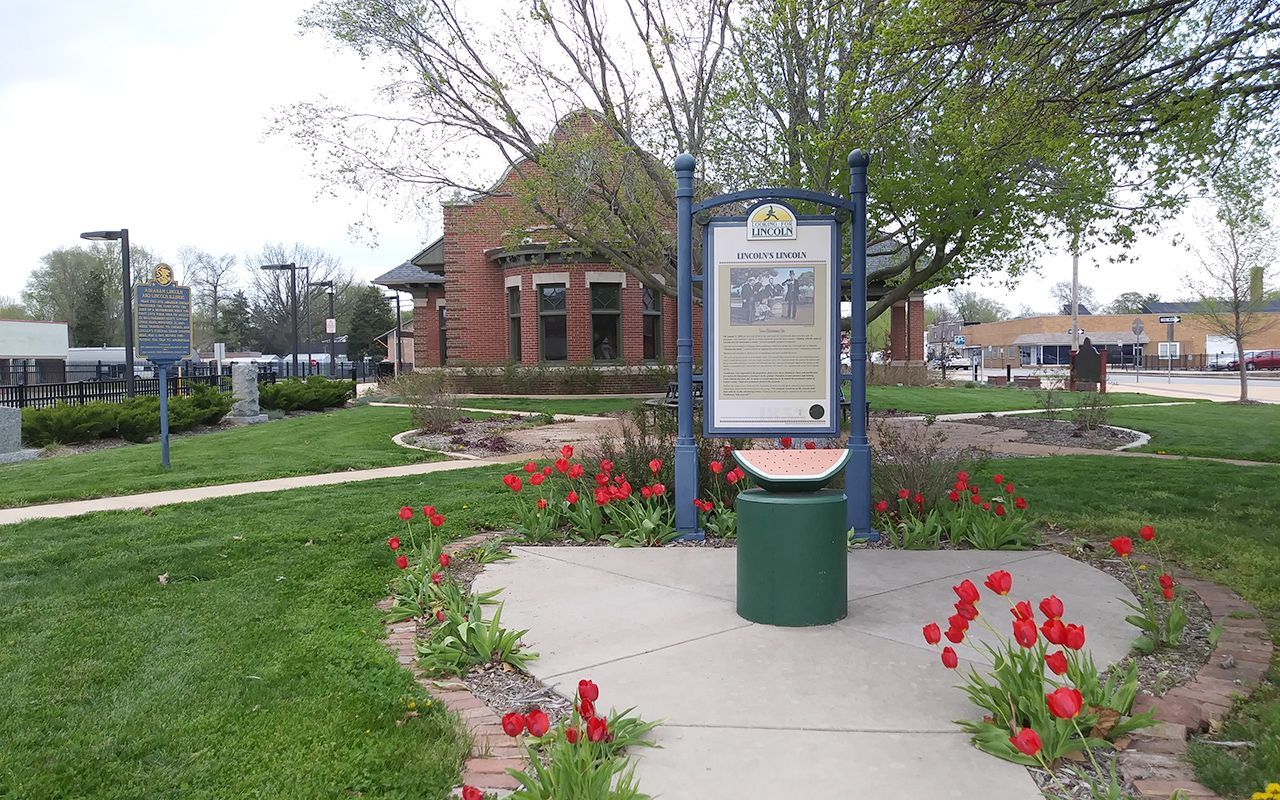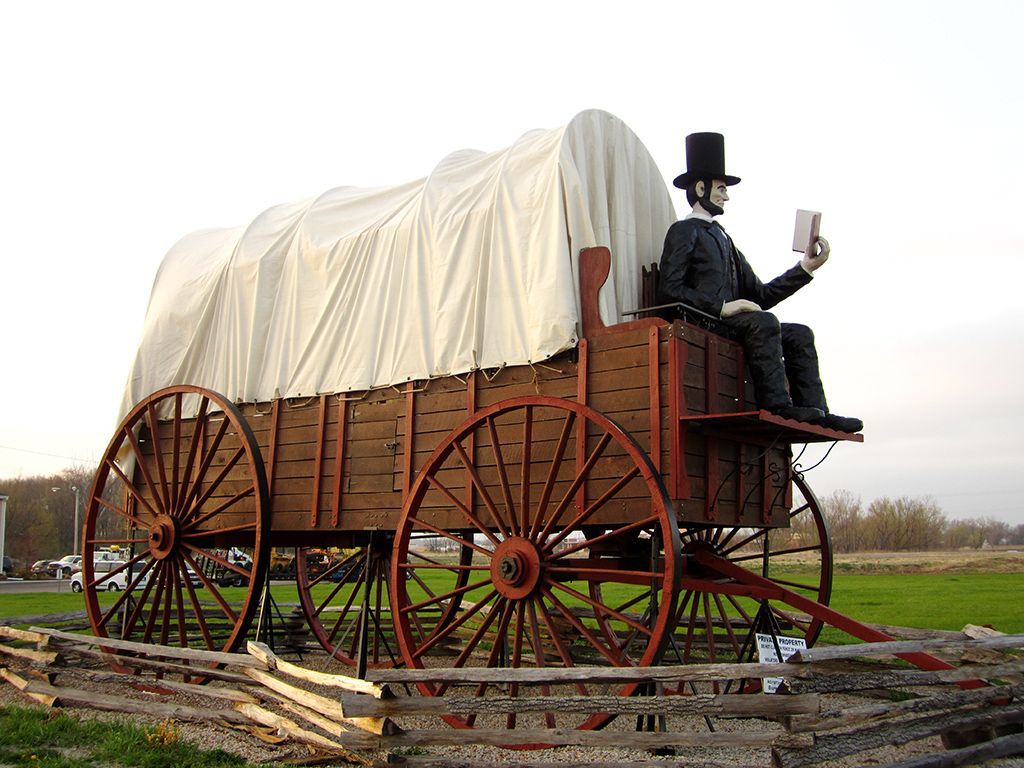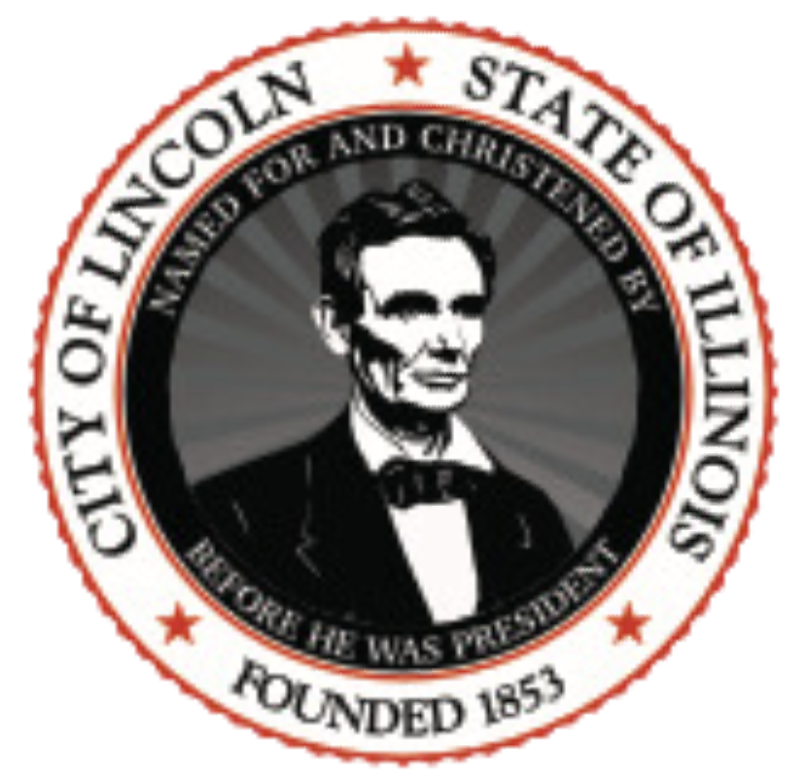ABOUT US
A Brief History Of Lincoln
Lincoln, Illinois, is a picturesque city with a deep historical connection to the 16th President of the United States, Abraham Lincoln. Established in 1853, the town was named in honor of Lincoln shortly before he became president, reflecting its early recognition of his significance. Its strategic location at the crossroads of U.S. Route 66 and Interstate 55 has made it a notable stop for travelers and history enthusiasts alike.
The city boasts a number of historical landmarks, including the Lincoln Courthouse, which serves as a reminder of its vibrant past. The courthouse, built in the mid-19th century, features classic architecture and stands as a testament to the city’s role in the legal and civic history of the region. Additionally, Lincoln’s downtown area is adorned with charming historic buildings, adding to the city’s quaint and nostalgic atmosphere.
Today, Lincoln combines its historical charm with modern amenities, making it a welcoming place for both residents and visitors. Its community is known for hosting various events and festivals throughout the year, including those celebrating its rich history. With a blend of past and present, Lincoln continues to thrive as a city deeply connected to its historical roots while embracing the future.
Interesting facts
Lincoln, Illinois, is a town rich in history and distinctive landmarks that highlight its connection to the nation's 16th president, Abraham Lincoln. A unique and fun symbol of the town’s heritage is the Watermelon Statue, located near the railroad depot. This whimsical statue commemorates a historic event from 1853 when, during a visit by Abraham Lincoln, the town was said to have been christened with watermelon juice—a quirky piece of local lore that celebrates Lincoln's legacy in the town before he became president.
In addition to this charming monument, Lincoln is home to the Lincoln College Museum, which houses thousands of artifacts related to Abraham Lincoln’s life and times. These items provide valuable insights into the historical context surrounding the president's life, and the museum serves as a testament to the town’s deep connection to his legacy. Every year, the community comes together for local events such as the Art and Balloon Festival in August, where hot air balloons color the sky, and the Abraham Lincoln National Rail Splitting Festival in September, which honors Lincoln’s role in the nation’s history. Notably, Lincoln, Illinois, was the first—and remains the only—city in the country named for Abraham Lincoln before he ascended to the presidency, cementing its place as a pivotal location in Lincoln’s personal and political story.
Another notable feature of Lincoln is the World's Largest Covered Wagon, located on historic Route 66. This 25-foot-tall, 40-foot-long structure, recognized by the Guinness Book of World Records, was built in 2007 and is a must-see for travelers. The wagon features a statue of Abraham Lincoln reading a law book atop it, symbolizing the town’s connection to the president, who frequently passed through the area as a circuit-riding lawyer. The town embraces its rich Abraham Lincoln history, making it an ideal stop for those journeying along Route 66.






